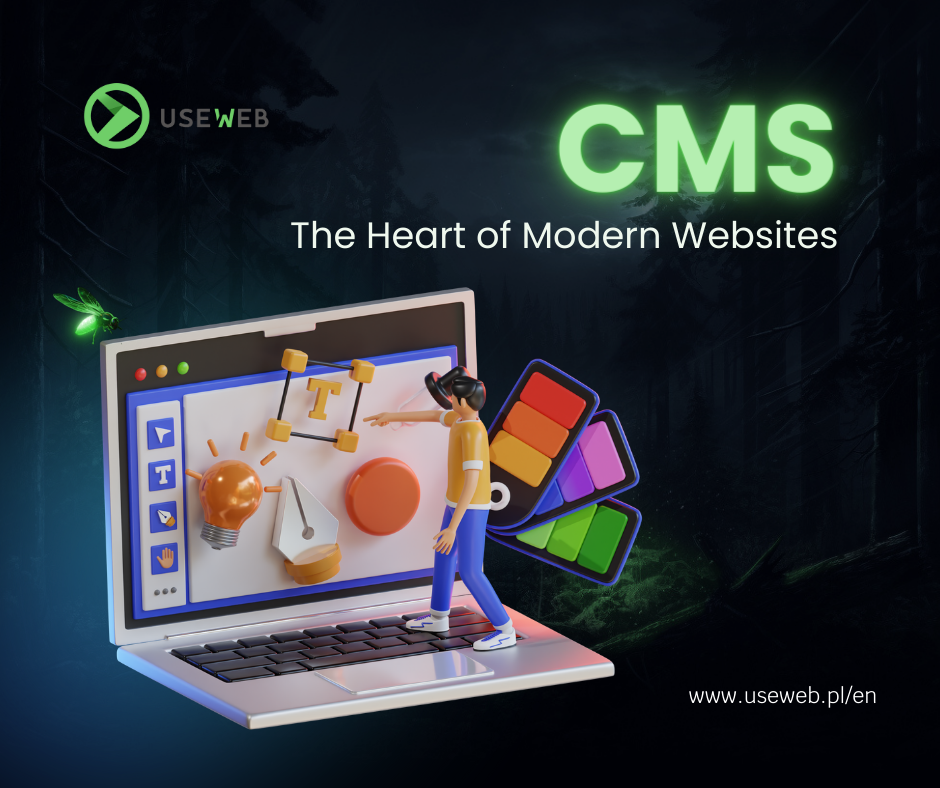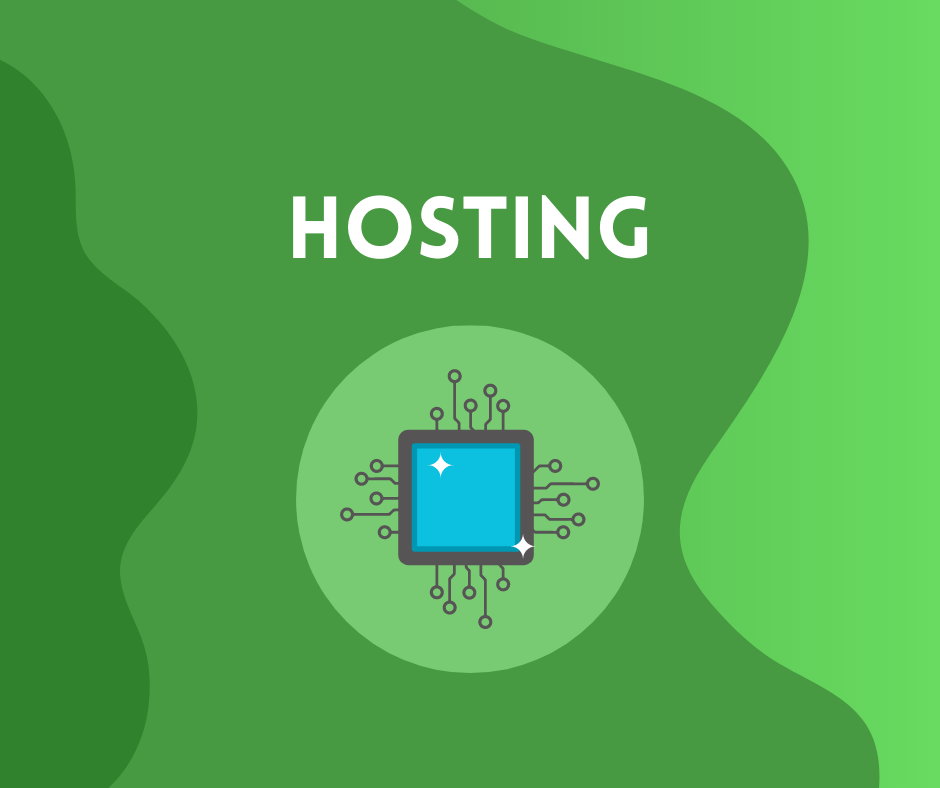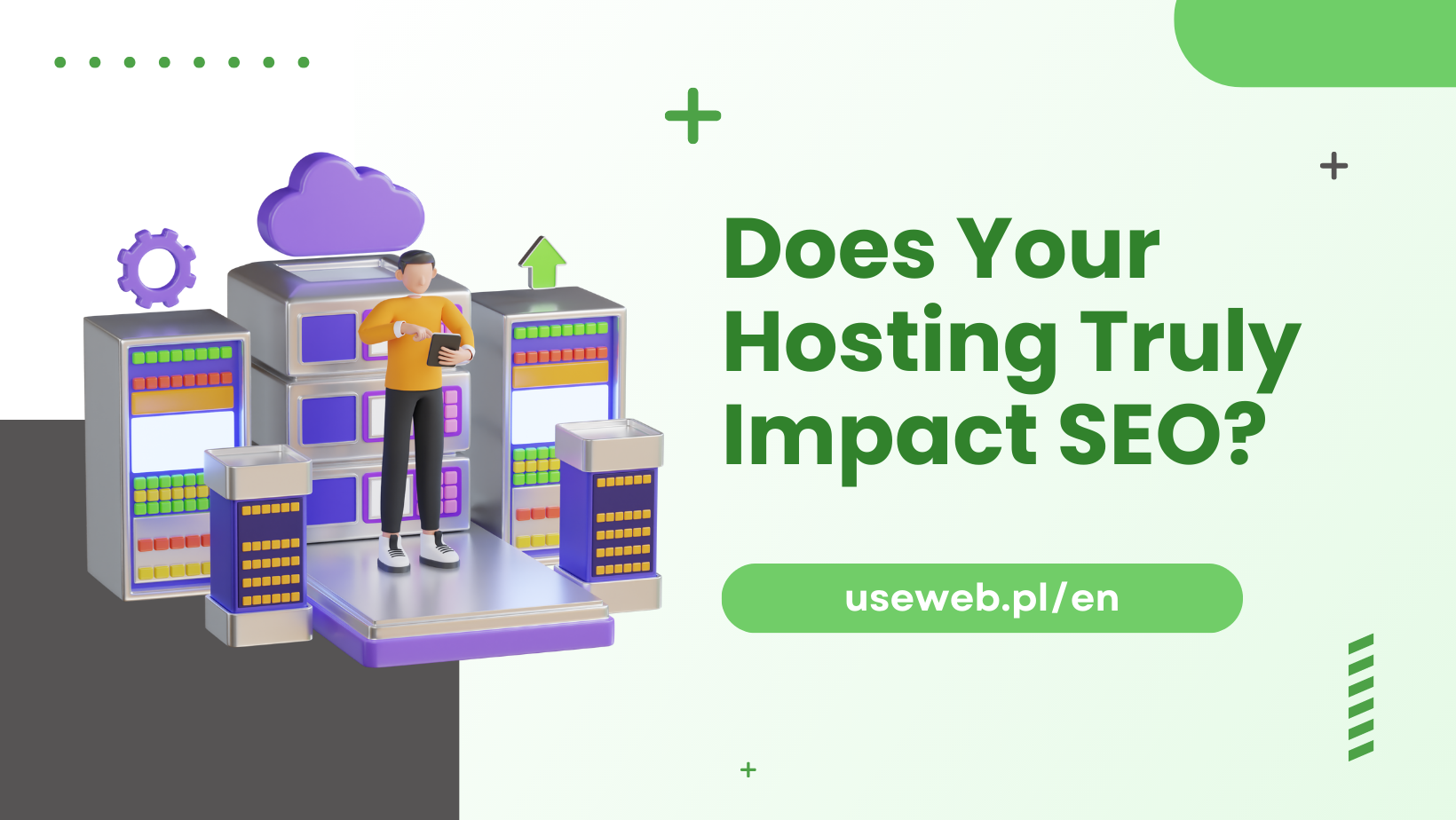1. Introduction
In the era of digital transformation, an online store has become an essential element of business strategy for many enterprises. With its global reach, the ability to reach a wider audience, and significant reduction in operational costs compared to traditional stores, e-commerce opens new horizons for business development. The introduction will emphasize the vital role of an online store in today’s business world.
2. Planning and Strategy
A. Defining the Target Group and Market Analysis
The success of e-commerce starts with a deep understanding of your potential customers and the market you operate in. Analyzing competition, market trends, and the purchasing preferences and behaviors of your target group will help you tailor your offer to their needs.
B. Choosing a Business Model and Pricing Strategy
The business model and pricing strategy are crucial for the structure and profitability of your online store. Deciding between a B2B and B2C model, setting up a pricing structure, promotions, and discounts all significantly impact your online activities.
3. E-commerce Technologies and Platforms
A. Comparison of Popular Platforms
Choosing the right e-commerce platform, such as WooCommerce, is key to the functionality, performance, and scalability of your store. Comparing features, costs, ease of use, and integration capabilities with other tools and systems will help you make the right choice.
B. Choosing the Right Platform
Each e-commerce platform has its unique features and functionalities. The choice should be based on specific business needs, such as product types, expected scale of operations, or specific requirements for customization and customer service.
4. Building an Online Store
A. UX/UI Design for E-commerce
Designing effective UX/UI is key to ensuring a pleasant shopping experience and increasing conversions. Focus on creating an intuitive user interface that is visually appealing and optimized for various devices.
B. Important Elements of the Store
In addition to aesthetic and functional design, important elements include clear product categories, detailed descriptions, and high-quality product images that help customers make purchasing decisions.
5. Payments and Logistics
A. Integration of Payment Methods
Choosing the right payment methods, such as credit cards, PayPal, or BLIK, is essential for ensuring convenience and security of transactions for customers.
B. Logistics and Delivery Solutions
Managing logistics and deliveries is a key aspect of e-commerce. Offering various delivery options, tracking shipments, and efficient inventory management are important for customer satisfaction and operational efficiency.
6. Marketing and Promotion of the Store
A. E-commerce Marketing Strategies
Effective digital marketing, including SEO, content marketing, social media advertising, and email marketing, is essential to increase the visibility of your online store and attract traffic.
B. SEO for the Online Store
Optimizing your store for search engines is crucial for increasing organic traffic and visibility in search results. Focus on optimizing keywords, meta tags, and content quality.
7. Analysis and Optimization
A. The Importance of Analytics in E-commerce
Analytics allows for tracking user behavior, analyzing sales data, and optimizing the store for better results. Analytical tools provide valuable information that helps in making business decisions.
B. Methods of Optimizing the Online Store
Regular testing, analyzing results, and making improvements are necessary for continuous enhancement of the store, increasing conversions, and improving user experience.
8. The Future of E-commerce
A. Trends and Forecasts for E-commerce
Rapid technology development, changes in consumer behavior, and increasing competition are shaping the future of e-commerce. Keeping up with trends will allow you to adapt to changing market needs and leverage new opportunities.
B. Adapting to the Changing Market
E-commerce requires continuous adaptation and innovation. Flexibility in approach, readiness to implement changes, and leveraging new technologies are key to maintaining competitiveness and growth.
9. Conclusion
An online store is a powerful tool that opens up new opportunities for growth and development for entrepreneurs. Proper planning, designing, and promoting your online store can significantly contribute to the success of your business. Remember to continually analyze, adapt to changing market conditions, and optimize to achieve the best results.
Have questions about creating or optimizing an online store? Contact useWeb, and we’ll help you achieve your business goals in the world of e-commerce.






